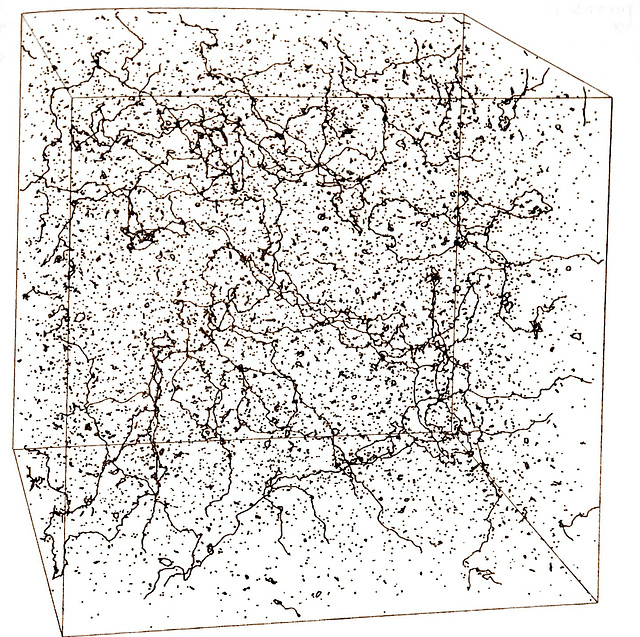The Crisis of Print
From King to supplicant
This is you talking
Internet map 1024.jpg Wikipedia
LEVIATHAN
Fossil of Language
Cognitive study of Autumn colors
Memories
Thus spake Aristotle
Lesson from Locksmith
Keeping Memories
Language
Cipher as a Code & a Zero
Power of Mitrochondria
Algorithm
The Human Condition
Evolution/consequences
Aristotle
Money/Geld/dinheiro/ 貨幣/ பணம்/ деньги/ অর্থ/ เงินต…
Samskrata ~ Sanskrit ~ संस्कृतम्
What goes with it A or B
Knock knock
Song Bird
Abandoning the Concept of Free Will
Language
When is piece of matter said to be alive?
Squeegee Men
Social to the core
Mothers of Invention
The Elephant in the Boa Constrictor
Black Swan & David Hume!!
Fig.8-6. Apologies by political & religious leader…
Arthur Schopenhauer
J.Krishnamurthi & physicist David Bohm ~ 1984
Eratosthenes' Geodesy
"The Mystery of Consciousness"
Karl Marx
Thomas Hobbes 1588-1679
Arthur Schopenhauer
See also...
Keywords
Authorizations, license
-
Visible by: Everyone -
All rights reserved
-
121 visits
A computer simulation of a network of cosmic strings in an expanding universe, provided by Paul Shellard


- Keyboard shortcuts:
Jump to top
RSS feed- Latest comments - Subscribe to the comment feeds of this photo
- ipernity © 2007-2024
- Help & Contact
|
Club news
|
About ipernity
|
History |
ipernity Club & Prices |
Guide of good conduct
Donate | Group guidelines | Privacy policy | Terms of use | Statutes | In memoria -
Facebook
Twitter

The only novel contribution to this problem before twentieth century was the consideration of whether the well defined concept of mathematical existence had any cosmological implications. The development of axiomatic mathematical systems, in which a system of self consistent rules (‘axioms’) were laid down and consequences deduced or constructed from them, led to a ‘creation’ of mathematical statement that was logically consistent was said to ‘exist’. Mathematicians would produce what became known as ‘existence proofs’. This is clearly a far broader concept of existence than physical existence. Not all the things that are logically possible seem to be physically possible and not all of those now seem physically to exist. However, a philosopher like Henri Bergson clearly thought that this type of weak mathematical existence was a possible avenue along which to search for a satisfying solution to Leibniz’s problem:
“I want to know why the universe exists… Whence comes it, and how can it be understood, that anything exists? … Now, if I push these questions aside and go straight to what hides behind them, this is what I find: - Existence appears to me like a conquest over nought… If I ask myself my bodies or minds exist rather than nothing, I find no answer; but that a logical principle, such as A = A, should have the power of creating itself, triumphing over the nought throughout eternity, seems to be natural … Suppose, then, that the principle on which all things rest, and which all things manifest, possess an existence of the same nature as that of the definition of the circle, or as that of the axiom A = A: the mystery of existence vanishes…..”
Unfortunately, this approach to why we see what we see is doomed to failure. As the nature of axiomatic systems has become more fully appreciated it is clear that any statement can be ‘true’ in the same mathematical system. Indeed, a statement which is true in one system might be false in another. ~ Page 284 (The Book of nothing)
Sign-in to write a comment.